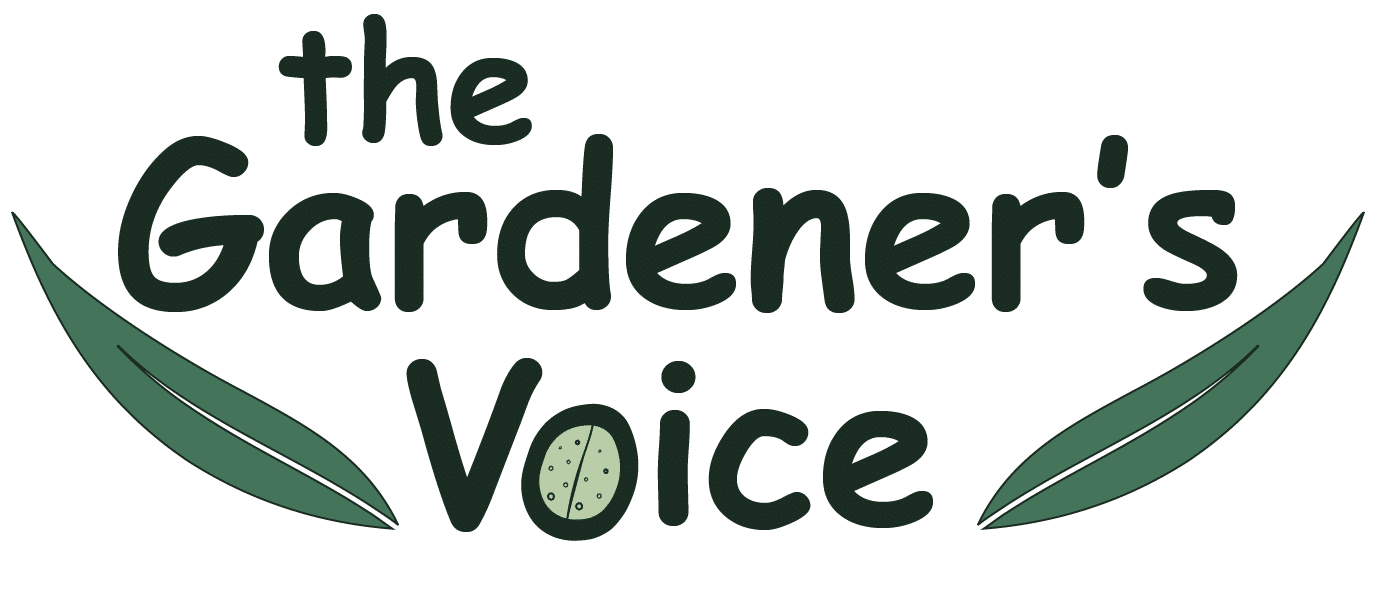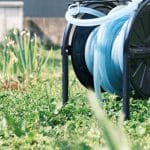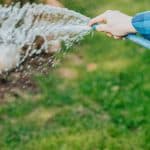Table of Contents
The most important thing in a garden is sending water where it needs to go. While there’s a multitude of ways to send it to your thirsty shrubs, today we’ll be taking a trip down irrigation lane. We’ll be sizing up two heavy-weight contenders – the soaker hose and drip irrigation system.
Both contenders bring different strengths to the table, but as is the case with all good showdowns, there can only be one champion. Of course, the real deciding factor will be your garden’s needs.
Before diving into the debate, let’s put it all plainly. Both the soaker hose and drip irrigation systems are designed for one purpose – to ensure water goes precisely where it is needed. No water wasted and no parched plants – it’s a win-win.
But naturally, there’s a bit more to it than meets the eye – so, let’s get started!
Soaker Hose Overview
Ever seen a garden hose that leaks water systematically along its entire length? No, it isn’t broken. That’s a soaker hose at work.
Designed to mimic good ol’ Mother Nature’s raindrops, soaker hoses seep water directly onto your soil, delivering life-giving moisture to the thirsty root zones of your plants. A soaker hose gets your water right where it counts – ground level. It’s a porous miracle crafted from a combination of rubber and polyethylene plastic. Neat, huh?
Now the best part, there are even BPA-free models so your veggies won’t ingest any nasty chemicals.
Now, onto practicalities. Where does a soaker hose shine its brightest? In beds where your plants are like neighbourhood buddies doing the weekend barbeque – close-knit and loving each other’s company.
If your garden set-up resembles this suburban dream, soaker hoses could very well be your ticket to an irrigation slam dunk.
Soaker Hose Benefits
Installing a soaker hose in your garden is as simple as rolling out the hose on the ground, turning on the tap, and letting nature do its thing. So, if you’re one to avoid any unnecessary fuss (and let’s face it, who isn’t), a soaker hose may become your new gardening BFF.
Got a pesky rock in the way? Afraid of roots causing hiccups for your water flow? No worries. No high-pressure regulators required here. What’s more, affordability is another feather in the soaker hose’s hat – taking care of a garden need not leave a hole in your pocket.
Sure, watering is all fun and games, but nobody wants a flooded garden after a solid soaking, right? That’s where soaker hoses win brownie points. They steadily water your plant’s root zone preventing any possibility of unwanted flash floods and soil erosion.
Eco-friendly, simple and efficient – that’s how this old pal likes to roll.
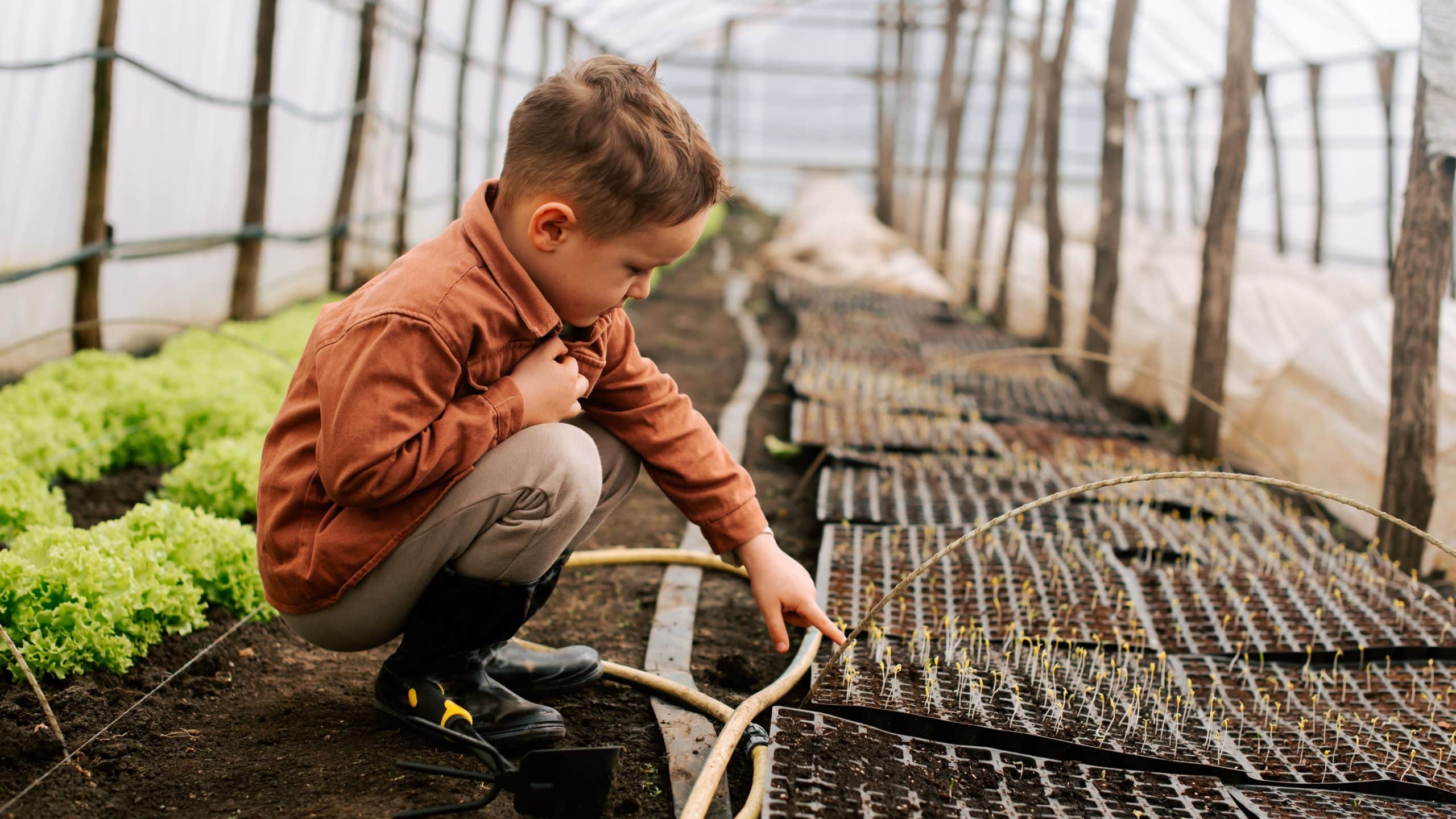
Soaker Hose Disadvantages
Like any protagonist in a blockbuster movie, soaker hoses have their Achilles’ heel as well. As flexible as soaker hoses are, they are not as versatile in their configuration as one might like. They’re great for straight lines and gentle curves, but throw a zigzag or spiral at them and you might as well ask your grandmother to do the limbo. Sure, they’ll get the job done, but it might not be pretty.
Essentially, the water distribution can be a bit like a parade, some sections get all the candy while other spots are left empty-handed. Plus, they’re prone to a bit of clogging. Not the end of the world, but not exactly convenient either.
Duration wise, most soaker hoses have a lifespan that resembles a roll of disposable paper towels rather than a cast-iron skillet. So, they’re probably not your heirloom garden tool to pass down to grandkids.
Drip Line Overview
A more bespoke option in the world of watering, drip irrigation is often liked to drip irrigation, a set-up that sees water dispatched through a sealed hose only to veer off when it reaches your plant. A side shoot then showers your plant buddy with just the right amount of hydration. Talk about personalised service, eh?
And before you ask, shrubberies and well-spaced garden items are where drip irrigation flashes its irrigation credentials. If your plants are more of social distancers compared to the cozy crowd, drip irrigation might just sway the battle in its favour.
Drip Irrigation Benefits
Alright, let’s chew the fat on drip irrigation. This beast’s sturdy backbone is laid out with pressure-compensating emitters. They efficiently regulate the water flow across the entire system’s broad radius. It isn’t your simple bucket and sponge job, though.
Your average drip systems consist of several components, laying them out is like setting up your kid’s 5000 piece Lego set, but with one major highlight – customization. And trust me, customization in this area is not an over-statement to impress your BBQ buddies, it plays a big role.
Also, this system is designed with a keen eye to detail: the water is supplied directly to the roots, reducing evaporation and any chance of an unwanted pool party. Plus, those pressure compensating emitters ensure that each plant gets a fair share of water, aka reliable water delivery. And, just when you thought it couldn’t get any better, the repair process is as simple as switching out a flat tire.
Drip Irrigation Disadvantages
Okay, hold your horses. Where drip irrigation puts up a bit of a struggle is the installation process. We’re talking more complex than assembling Ikea furniture. Then you’ve got the costs, and oh boy, the upfront price tag can be enough to make your mouth stay open. So, just a word of caution, wallet beware!
I mean, don’t get me wrong. It’s a bang-on system once it’s up and running. It’ll hit the sweet spot and tackle each watering need with precision.
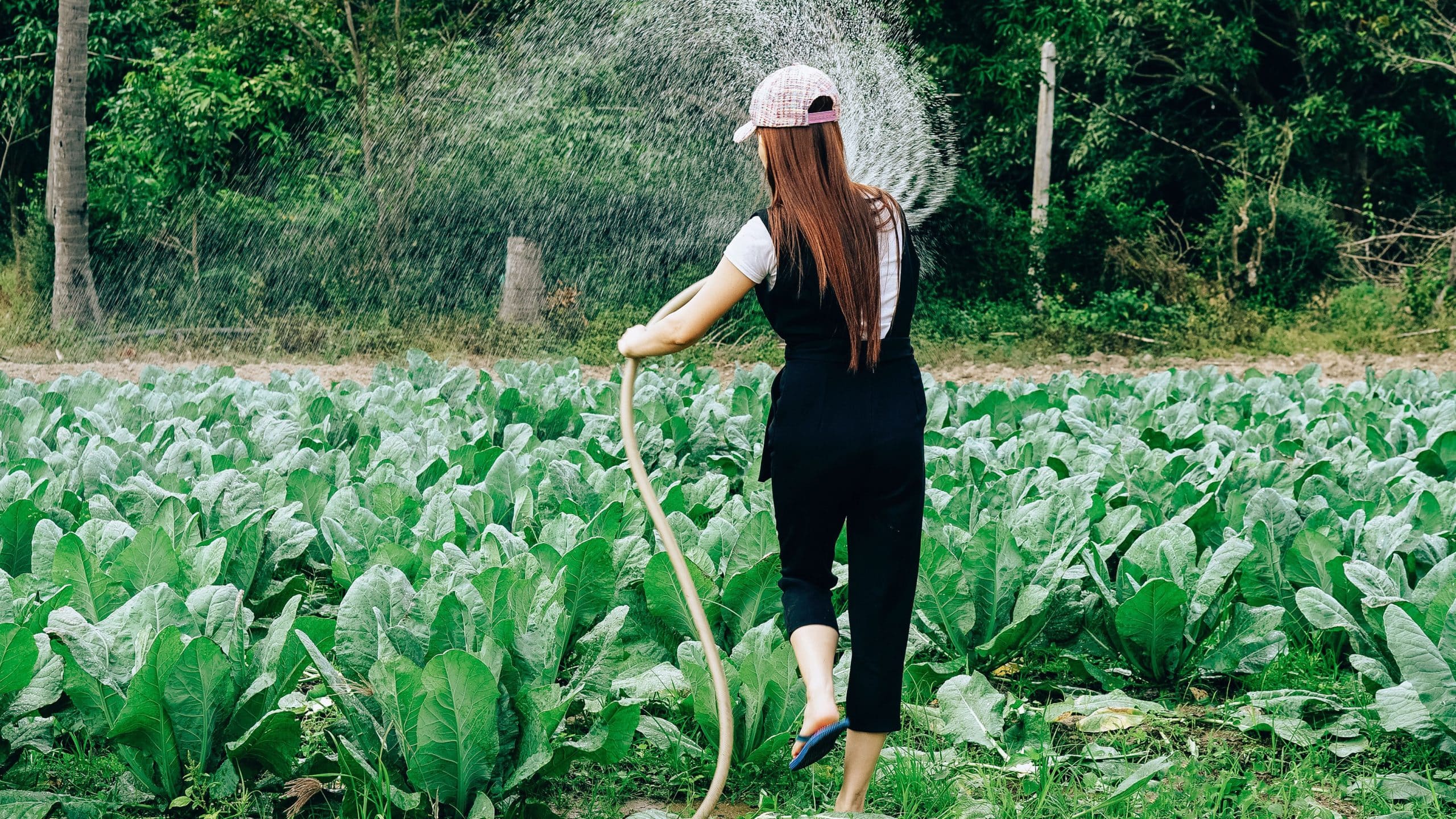
Getting Into the Details: Soaker Hose or a Drip Line?
Choosing the right watering system is like investing in a sturdy pair of boots. You need something tailored to your needs, not just the glossy ad on TV. Hoses and water lines, tree ring gadgets, air from accumulating, these products all have their times and places.
Not to throw anyone under the bus, but if you’re dreaming of precise watering for your perfectly spaced vegetable patches, the words “bury your drip irrigation” should be your compass. Need to thoroughly water your flower beds, now beneath the hose might not be a bad option.
Then again, don’t forget those dormant seasons, when neither system makes sense. Point is, one ain’t better than the other, they’re just different tunes for different dances.
When to Choose Soaker Hoses?
- For young gardens with plants packed tightly, soaker hoses offer easy, comprehensive watering.
- They’re easy and affordable to install.
- Cash-strapped gardeners might find them more attractive than their price-hefty counterpart.
- Planning a garden redesign? No worries, soaker hoses can be relocated easier than cheap stall seats at a county fair.
When to Choose Drip Irrigation
- Drip irrigation could be your answer if you’re more for precision and less general spray ‘em all.
- If you want to be the ruler of your green patch, controlling individual hydration needs, drip irrigation offers to hand you the reigns.
- Drip lines can run the marathon with lengths up to 100 meters, great for large gardens.
- If it breaks, it’s quick to repair.
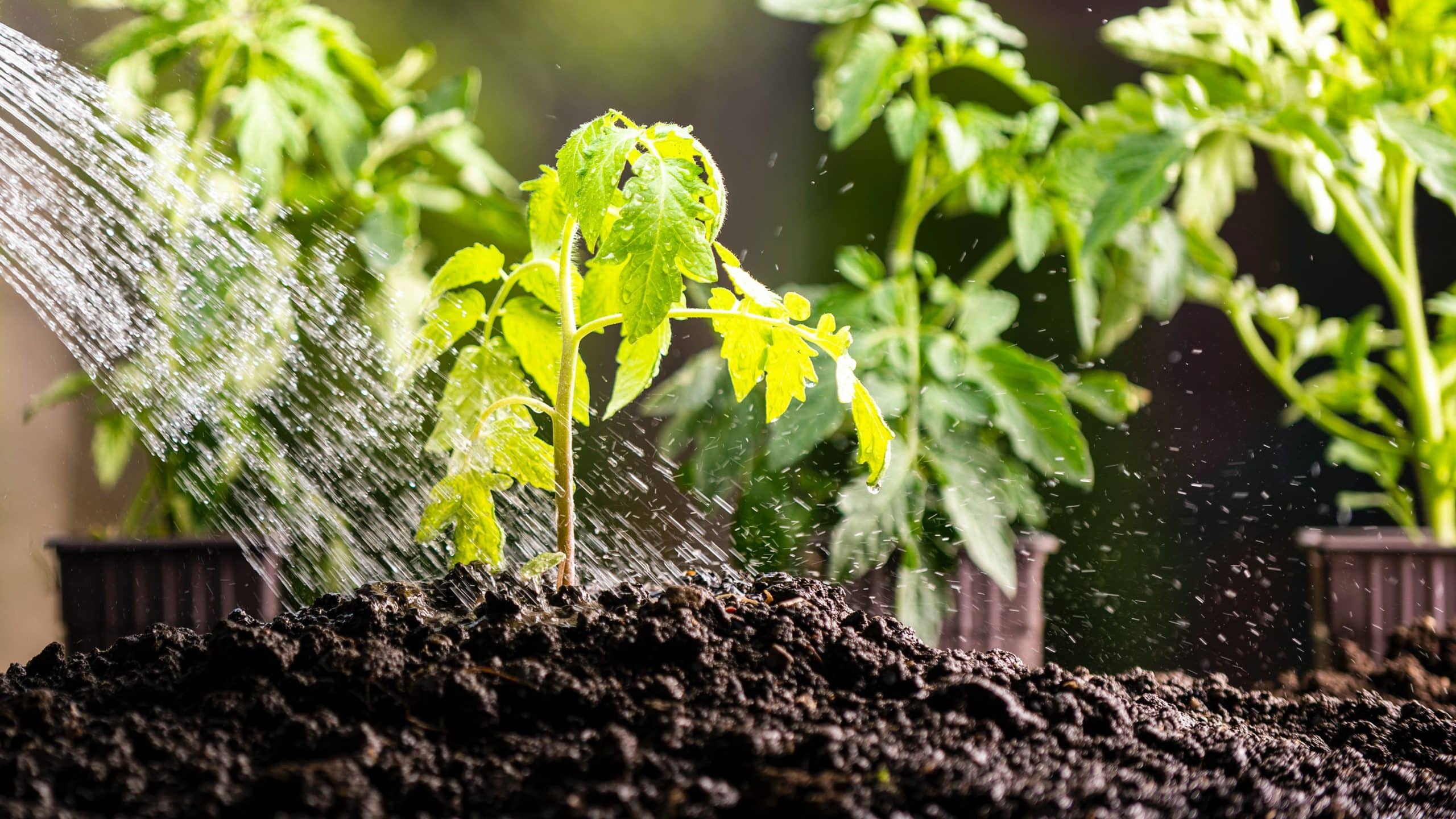
Frequently Asked Questions
1. What's the difference between soaker hoses and sprinklers?
Soaker hoses and sprinklers are like chalk and cheese. They squirt out water like cousins at a family feud, but in a radically different manners. You see, sprinklers typically scatter water all over the place, sometimes even where it isn’t needed. Come to think of it, it’s a tad bit wasteful for everyday use.
Soaker hoses, on the other hand, have a more focused approach. With them, you’re set for a targeted, water-conserving approach without kicking up the dust, we’re talking automatic watering made easy.
2. How long can you leave a soaker hose on for?
Long story short, you don’t want to leave your soaker hose on for too long. It’s like leaving pizza in the oven thinking, it’ll just get a bit crispier. Nope! Instead, all you’ll get are unhappy plants and possibly a cringe-worthy water bill.
The sweet spot lies, give or take, between 30 minutes to 2 hours based on your garden’s specific needs. And yes, while sunlight can give your polyurethane soaker hose a real hammering, it’ll stand up studier that your standard garden hose. So, water wisely, and remember, too much of anything, even water, isn’t healthy for your green buddies.
3. What is the water usage per hour for soaker hoses?
The water usage per hour for soaker hoses can vary depending on the size of your hose, and its flow rate. If you’ve got a standard 100-foot hose, it’ll guzzle up around 2 gallons per hour. That’s like leaving the tap running at a teeny-tiny trickle.
But hey, remember we are talking about an average Joe hose. If you got yourself a Cadillac of soaker hoses, you gotta check with the manufacturer’s guidelines. They’ll have the exact figures for your particular hose.
And this is just an inexpensive start-up! Picking the right soaker hose and understanding its flow rate is your ticket to efficient watering. If you have raised garden beds or vegetable gardens, you sure know how vital it is to keep the soil well-watered without letting the water clog the pores. Even watering systems for those expansive green lawns and high-reaching tree canopies can benefit from a well-picked soaker hose.
4. What are the two methods of drip irrigation?
Drip irrigation is like the DJ at the club, it has total control of how and where the water flows. With these systems, you can target the water right where you want it. No more watering the ground between your plants – straight rows, sloped grounds, they got it all covered.
Now let’s decode the two major levers in this highly customizable system: drip emitters and the drip line system. Drip emitters are like little water spigots for each of your plants. Need to hydrate a cluster of rose bushes? Can’t reach a tree’s roots? Hook up a drip emitter, pump in the water, and you’re golden.
Then you’ve got the drip line system – it’s like the subway of the watering world, zig-zagging across your garden space. Ideal for growing plants. Less fungal growth, easy peasy installation, air vents for protection, you name it. But hold on to your hat, cause this setup needs regular maintenance.
Plus, if you’re handling a large area, you’d better get professional installers to set it up.
5. Which method is best for irrigation?
So, you’ve gone through soaker hoses, sprinkler irrigation, and drip irrigation and you’re thinking, “Which one do I choose?” Well buddy, the choice depends on your garden and what it needs.
Every garden is unique, so the one-size-fits-all tactic doesn’t fit here. The size of your garden, the water pressure available, and your budget all come into play. It’s like picking the right threads for a night out. You might flip a coin between drip irrigation and soaker hoses, or decide on sprinkler irrigation. But keep your eyes on the prize – your garden’s happiness.
Conclusion: Choosing the Right Irrigation System
Now that we’ve got the lowdown on both soaker hoses and drip irrigation, let’s talk about how to choose between these two beasts. There is no secret formula, you’re going to have to consider a bunch of stuff. The layout of your green oasis, the sort of crops you’re growing, and even the season can swing the pendulum.
If it’s the dry season, drip irrigation is like your reliable old hound, always coming through when you need it most.
When it comes to specific aspects like subsurface installations, your best bet would be the drip tape from your local hardware stores. It’s no stroll in the park, rather tedious to install, but it’ll serve you well. This flat style tubing is like a delicate shop, keep the pressure on the lower side with a handy backflow valve connected to a tap.
For a long term partner, consider the round tubing. Made from heavier duty plastic, it’ll stay on its feet for multiple seasons, taking the punches like a heavyweight champ. From its pre-installed emitters to those you can install at your own regular intervals, drip-line comes tailored for you.
The secondary tubes spreading out, are like arteries supplying water to every corner of your garden. Remember, whatever choice you make, it’s about keeping your plants chirpy and fresh.

I’m John, a “seasoned citizen” and an avid gardener. I live in Minnesota, where our weather and growing conditions can be harsh and challenging. Over the years, I have learned a thing or two about being successful in growing things. I have curated these tips, which I think are helpful for the beginning gardener and the seasoned experts. If you have feedback, let me know in the contact form.
